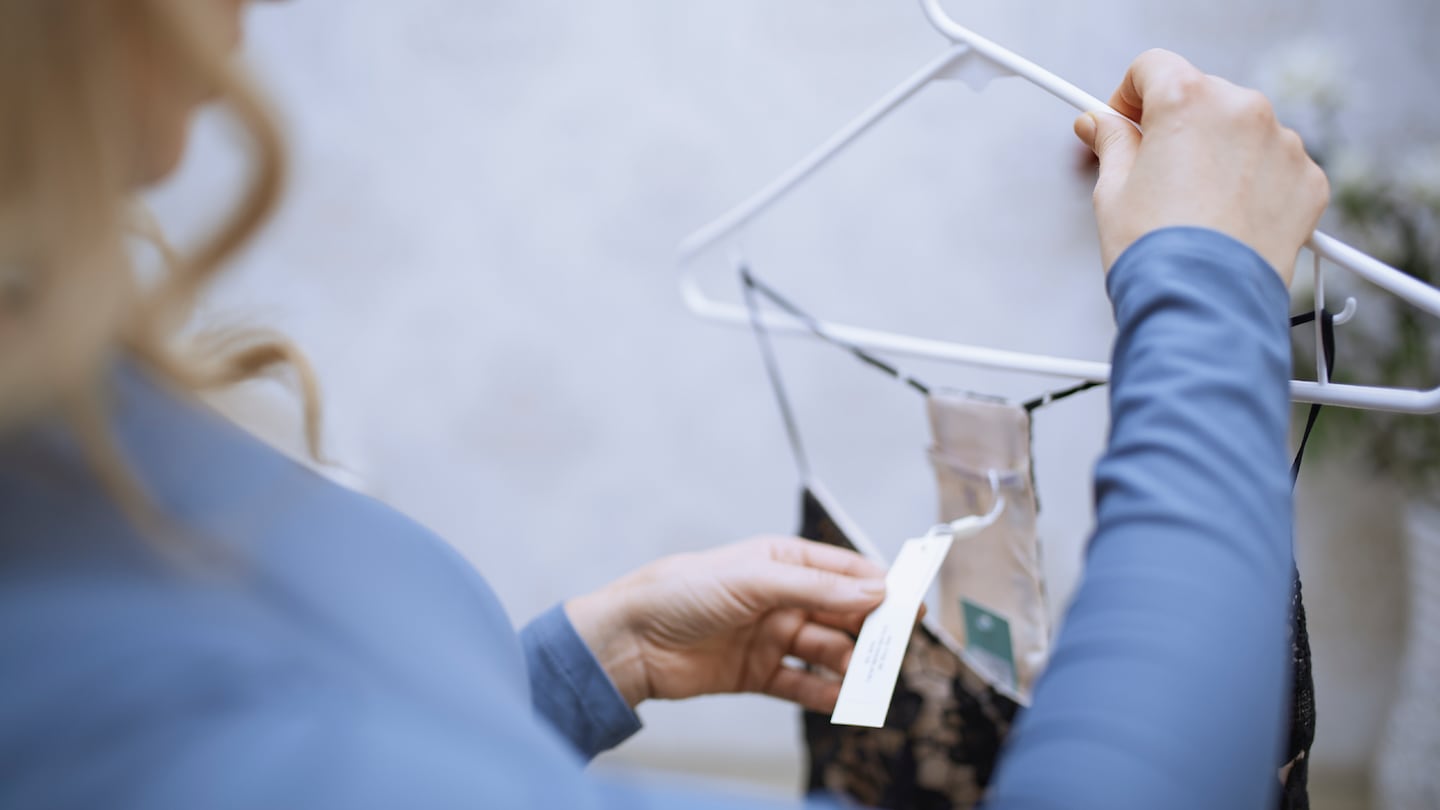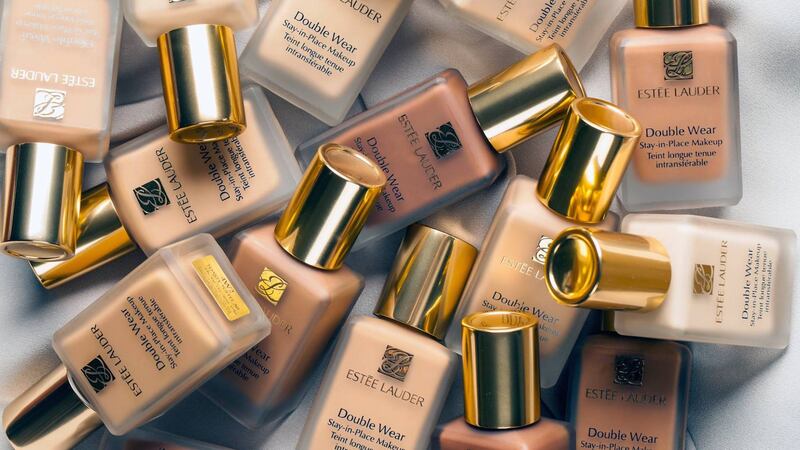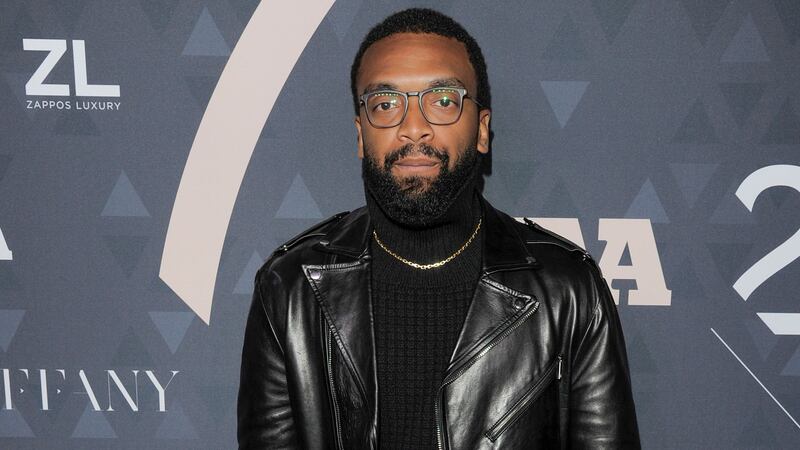
The Business of Fashion
Agenda-setting intelligence, analysis and advice for the global fashion community.

Agenda-setting intelligence, analysis and advice for the global fashion community.

KEY INSIGHTS
For global luxury brands, raising prices has become an integral part of the business model. Even before the pandemic stoked inflation concerns, labels like Chanel and Hermès routinely raised prices on their most coveted products. Record sales and soaring profits followed.
For brands that charge $50 for a handbag rather than $5000, the approach to pricing is more fraught. They can’t be so certain that their customers will remain loyal. The same is true for smaller luxury labels, which lack the cultural cachet Louis Vuitton, Gucci and their peers rely on to overcome sticker shock.
Unfortunately, most brands won’t have a choice when it comes to raising prices this year. The cost of many raw materials has soared during the pandemic, including cotton, which hit record highs last year. Shipping costs are also sky-high, and a lack of warehouse space is driving up inventory expenses.
ADVERTISEMENT
Companies can take steps to mitigate the impact of supply chain snarls and spiking materials costs and put off price increases for a time. Working with multiple raw materials suppliers and factories, for instance, makes it easier to find cheaper alternatives during periods of scarcity. Companies could also consider bargaining with shipping companies for better deals, or shopping around for new partners to reduce costs of last-mile delivery. Stockpiling inventory when prices dip is another way for brands to keep costs down.
These are strategies that require months or even years of planning, however. Today, with the fashion industry in the grips of a largely unanticipated supply chain crisis, much of the extra expense is quickly being passed along to the consumer. In the UK, inflation reached a 30-year high in December, driven by apparel. In the US, the annual inflation rate of 7 percent last year was the highest since 1982, according to the US Bureau of Labor Statistics. The eurozone also reported a record rate of inflation in January, noting a 5.1 percent increase in the cost of living.
Roughly two-thirds of surveyed fashion executives expected to increase retail prices in 2022, with an average uplift of 3.2 percent, according to The State of Fashion report by McKinsey and BoF.
Higher prices are expected to cool demand. After all, it’s not just blouses and pants that are becoming more expensive: milk, gas prices and other essentials are straining the wallets of consumers too.
“People are going to cut back on their discretionary spending,” said Adam Cochrane, a Deutsche Bank analyst based in the UK. “There’s significant inflation hitting consumers and questions remain over people’s disposable income despite wage increases and employment levels remaining high, due to rising energy prices alongside other essential costs of living.”
The big luxury brands can likely ride out this period of high inflation with ease. Louis Vuitton has raised its prices over the past 20 years at an average of 2.5 times the inflation rate, according to a UBS report.
For the vast majority in fashion, addressing inflation requires more finesse.
How — And Whether — to Communicate a Price Increase
ADVERTISEMENT
In a Harvard Business Review report, Utpa Dholakia, professor of marketing at Rice University’s School of Business, recommended retailers “call the action a price increase, not a price adjustment … or another euphemism; explain the reasons for the price increase clearly, and link the price increase to a customer-centric value narrative.”
In other words, brands should show consumers why a price increase is necessary; for instance, maintaining access to high-quality raw materials.
Kimai, a London-based jewellery brand specialising in lab-grown diamonds had little choice but to charge more for its engagement rings and diamond hoops after enduring a flurry of supply chain disruptions last year and seeing the price of gold increase by 50 percent year on year.
It even warned its customers of the imminent 15 percent price increase in an email newsletter and gave them a month to purchase items at their current rate, which led to a spike in orders, according to co-founders Sidney Neuhaus and Jessica Warch.
“Our customers were like, ‘We get it 100 percent,’” said Warch. “They said they were buying into the brand because of our transparency on topics like this.”
Others prefer not to draw attention to price increases.
“The best way to convey a price hike is not to convey it at all,” said Simeon Siegel, a retail analyst for BMO Capital Markets. “Let the quality do the talking and let a customer want to buy something [without looking] at the ticket.”
Earlier this week, another London-based jewellery brand, Alighieri introduced price increases for the first time in the company’s eight-year history. But unlike Kimai, Alighieri did not warn shoppers of its upticks, which range between 10 and 15 percent.
ADVERTISEMENT
“We didn’t decide to do a kind of blanket comms because it just didn’t feel right for the brand,” said Rosh Mahtani, the company’s founder. “If or when customers have questions, they’re free to come in or get in touch and speak with us about it. But I’m almost certain that people would have been expecting it because of rising commodity prices.”
So far, Alighieri has received no negative feedback on the new prices from customers, and the brand has not seen a decrease in sales, according to Mahtani. “We see this as an opportunity to revisit our pricing architecture in general,” she said.
Regardless of how they communicate a price increase, retailers will face a difficult set of challenges in 2022, between the rising cost of materials and ongoing supply chain snafus. Those who can raise prices without compromising sales will prove to be the winners.
“I think that 2022 is the year where we find out which companies actually have pricing power,” Siegel said.
 Opens in new window
Opens in new windowTHE NEWS IN BRIEF
FASHION, BUSINESS AND THE ECONOMY

Capri raises revenue forecast on firm demand for luxury handbags, apparel. The Michael Kors owner’s total revenue rose 24 percent to $1.61 billion in the third quarter ended Dec. 25, aided by higher prices and fewer promotions. Analysts had estimated revenue of $1.47 billion, according to IBES data from Refinitiv. It now forecasts revenue of $5.56 billion, up from $5.4 billion.
Audemars Piguet to boost production as brand vies with Patek Philippe. The company expects to make 50,000 watches this year, up from the 45,000 sold in 2021, it told Bloomberg.
Ralph Lauren is “back on offence” after years of restructuring. The American apparel company plans to build on strong revenue growth in the US to expand its fleet of stores, chief executive Patrice Louvet said.
British Fashion Council to advise on fashion-focused VC investment fund. The London Fashion Week organiser is partnering with VC fund Venrex in a bid to diversify its revenue stream and expand its reach to a wider variety of fashion businesses.
Sales at Zegna rise 27 percent in 2021. Sales were €1.29 billion ($1.45 billion) last year, still below their €1.32 billion pre-pandemic level. The group, which listed on Wall Street on Tuesday, forecast revenue in the low teens for the year.
Report: Peloton trims forecast on apparel sales. Apparel sales for the at-home fitness company jumped to over $100 million in 2021, according to CNBC, but Peloton is now expecting that to slow — forecasting sales of $150 million down from $200 million.
Asics defies Nike’s China underperformance in return to profit. Though foreign sports brands struggled in China following controversy over cotton sourced from the Xinjiang region — with patriotic consumers ditching the likes of Nike and Adidas for local brands — the Japanese sneaker maker’s Asia performance ended at more than double its guidance.
Kim Kardashian stars in first Balenciaga campaign. After months of repping the French luxury brand — including on the Met Gala red carpet, the “Saturday Night Live” stage, and during paparazzi-conscious outings with boyfriend Pete Davidson — the reality TV and social media star is now starring in her first official campaign for Balenciaga.
Sneakers by Virgil Abloh beating auction estimates. Bids for 200 pairs of Nike x Louis Vuitton “Air Force 1″ sneakers designed by Virgil Abloh are running well beyond Sotheby’s initial estimates in an auction with a week to go.
UK retailers raise shop prices by most since 2012. The British Retail Consortium said on Wednesday — a day before the Bank of England is expected to raise interest rates for a second time in two months — that shop prices rose by 1.5 percent in January compared with the same month in 2021.
Brazilian footwear exports bounce back to near pre-pandemic levels. The sector exported 123.6 million pairs of shoes worth $900.3 million in 2021, according to data from Abicalçados, the Brazilian Association of Footwear Industries Association, representing a 32 percent increase in volume and 36.8 percent increase in value year-on-year.
THE BUSINESS OF BEAUTY

Estée Lauder raises annual forecasts on recovering cosmetics demand. Sales for the beauty company rose in every region in the last three months of 2021 and demand for most of its products grew from pre-pandemic levels, powering Estée Lauder’s second-quarter earnings above Wall Street expectations.
PEOPLE

Kerby Jean-Raymond departs from Reebok. The Pyer Moss designer, who first worked with the sports apparel brand in 2017 before joining as global creative director in 2020, will leave his post on Mar. 1 and release his final collection for the brand later that month. Jean-Raymond joined Reebok, which is now owned by Authentic Brands Group, while it was still under the ownership of Adidas.
Richemont appoints chief sustainability officer. Bérangère Ruchat, who held the same position and most recently served as senior vice president of sustainability at Firmenich Group, will help the group step up its sustainability ambitions, and report to chief finance officer, Burkhard Grund.
Harper’s Bazaar names new fashion director. Rachel Tashjian, former GQ fashion critic also known for her invite-only fashion and lifestyle newsletter Opulent Tips, will join the magazine and report to editor-in-chief Samira Nasr and executive editor Leah Chernikoff.
Arc’teryx appoints first-ever chief financial officer. The former Bailey Nelson chief financial officer and Lululemon alum Chris Tham will report to chief executive Stuart Haselden.
MEDIA AND TECHNOLOGY

Australian luxury e-commerce upstart Cettire posts strong sales growth. The grey-market luxury online retailer, which works with third-party wholesalers in Europe to sell luxury goods at VAT-exempt prices, has reported 154 million Australian dollars ($109.7 million) in gross revenue for the six months ended Dec. 31.
Compiled by Joan Kennedy.
As the German sportswear giant taps surging demand for its Samba and Gazelle sneakers, it’s also taking steps to spread its bets ahead of peak interest.
A profitable, multi-trillion dollar fashion industry populated with brands that generate minimal economic and environmental waste is within our reach, argues Lawrence Lenihan.
RFID technology has made self-checkout far more efficient than traditional scanning kiosks at retailers like Zara and Uniqlo, but the industry at large hesitates to fully embrace the innovation over concerns of theft and customer engagement.
The company has continued to struggle with growing “at scale” and issued a warning in February that revenue may not start increasing again until the fourth quarter.